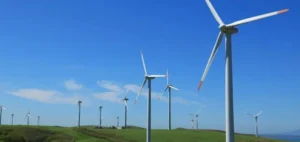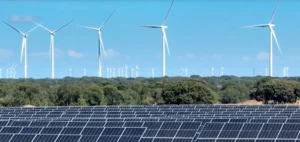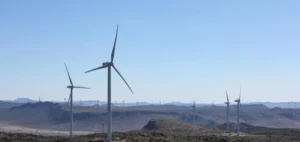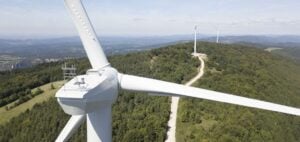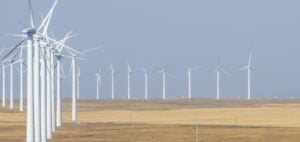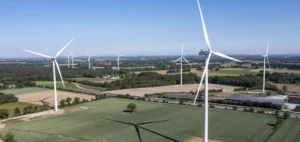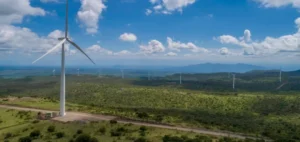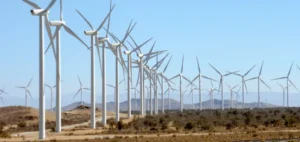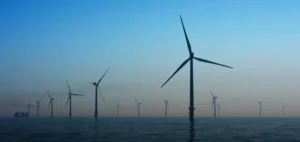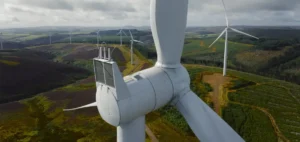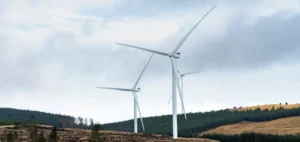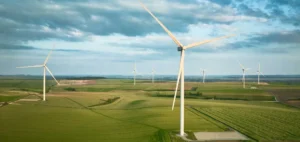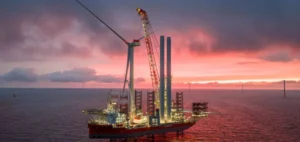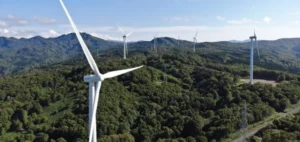EBRD provided an asset-based loan and a revolving credit facility to a wind farm project in Uzbekistan, the Zarafshan Wind Farm. The EBRD-funded project would avoid the equivalent of 757,000 tons of carbon dioxide emissions per year. It is investing in the largest wind power program in Central Asia.
Future Energy Company PSJC, a holding company indirectly owned by the Abu Dhabi government, owns Zarafshan Limited Liability Company.
EBRD announces innovative large-scale funding
The total funding amounts to $74 million. The EBRD will lend $42 million while the Dutch Entrepreneurial Development Bank will finance $10 million.
Parallel loans will be provided by the International Finance Corporation (IFC), the Asian Development Bank (ADB) and the Japan International Cooperation Agency (JICA). Natixis, First Abu Dhabi Bank (FAB) and Etihad Credit Insurance (ECI) will also finance the transaction.
In addition, the EBRD will implement a $22 million revolving credit facility guaranteed by Madsar, Abu Dhabi’s renewable energy development company.
State-of-the-art technologies
The EBRD-funded project will result in the testing of innovative wind energy technologies. A high-resolution aerial camera system assisted by artificial intelligence will help protect endangered species.
The EBRD is thus contributing to the first deployment of Identiflight technology in Central Asia. The program will monitor and detect birds near the turbines. The system will automatically stop the turbines if there is a risk of collision.
Uzbekistan’s energy transition
The EBRD’s investment comes amidst the reform of the energy sector since 2017. The Central Asian country intends to increase its energy security and diversify its energy mix. The use of investments from private sector actors is one of the levers mobilized for a significant development of the renewable energy sector.
Uzbekistan plans to reach 12 GW of solar and wind power capacity by 2030. This wind power project of a unique scale in Central Asia is, consequently, a priority of the Uzbek authorities. To date, EBRD has invested nearly $3.5 billion in 111 projects in Uzbekistan.



